#ancient books
Text


Small joys in life.
#I wish I had someone to share them with#literature#academia#mine#mi fotografía#romance#dark academia#light academia#light academia aesthetic#dark academia aesthetic#academia aesthetic#bookstore#history#historical#ancient books#booklr#cottagecore#coffee#coffee shop#coffee shop aesthetic#cafe#literature academia#oxford uk#oxford england#June
222 notes
·
View notes
Photo
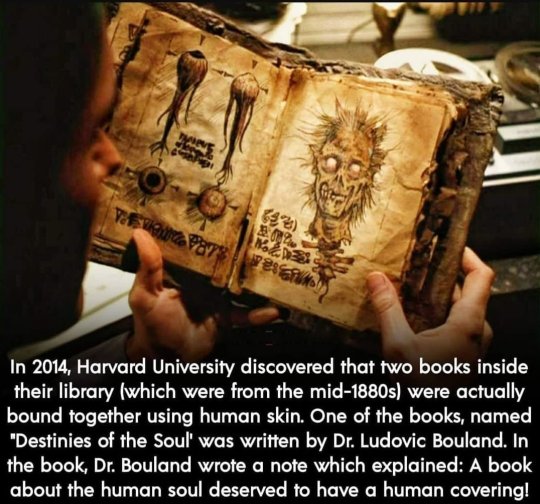
201 notes
·
View notes
Text
“I've never seen so many books in all my life”
🕰️📖✨📜🕯️🌔




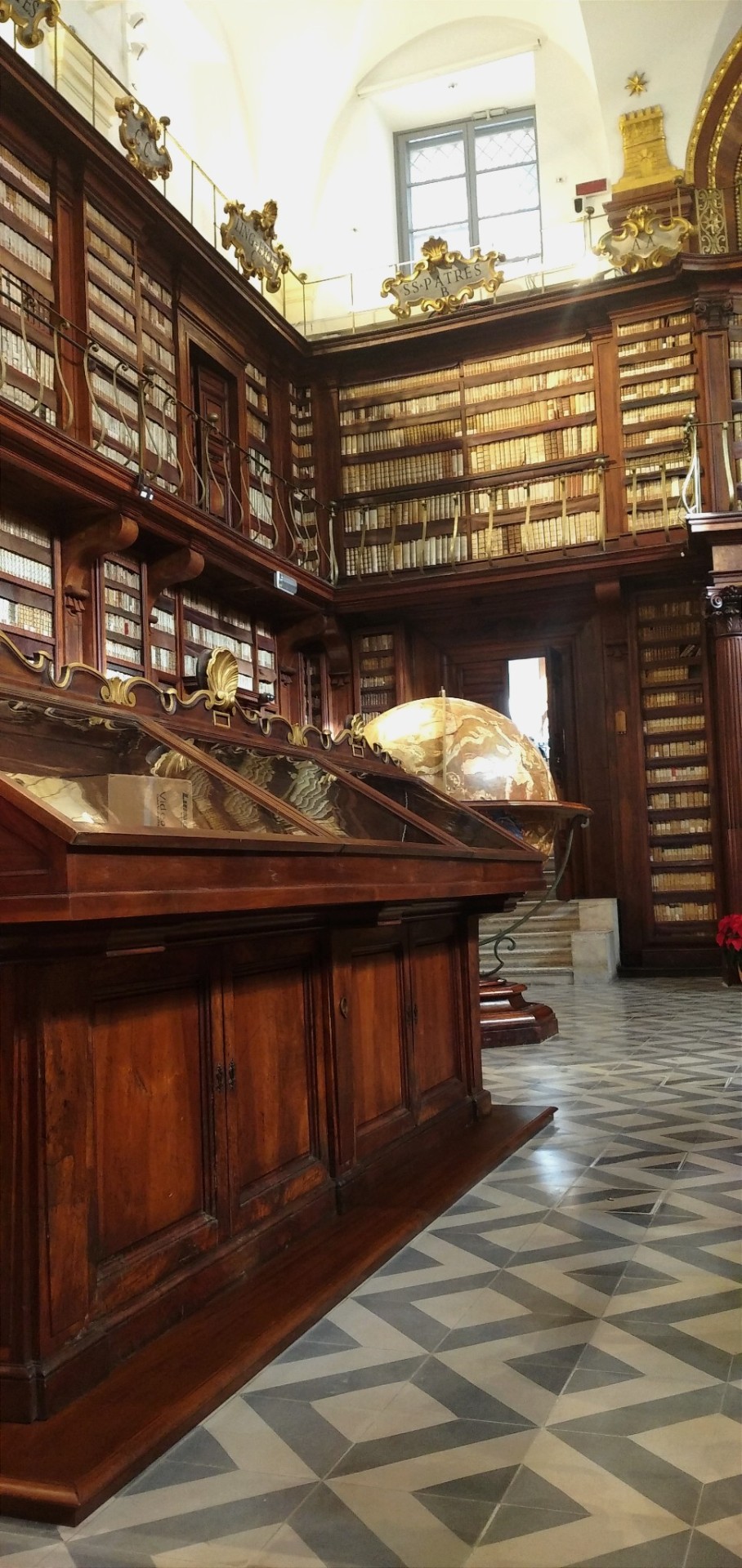

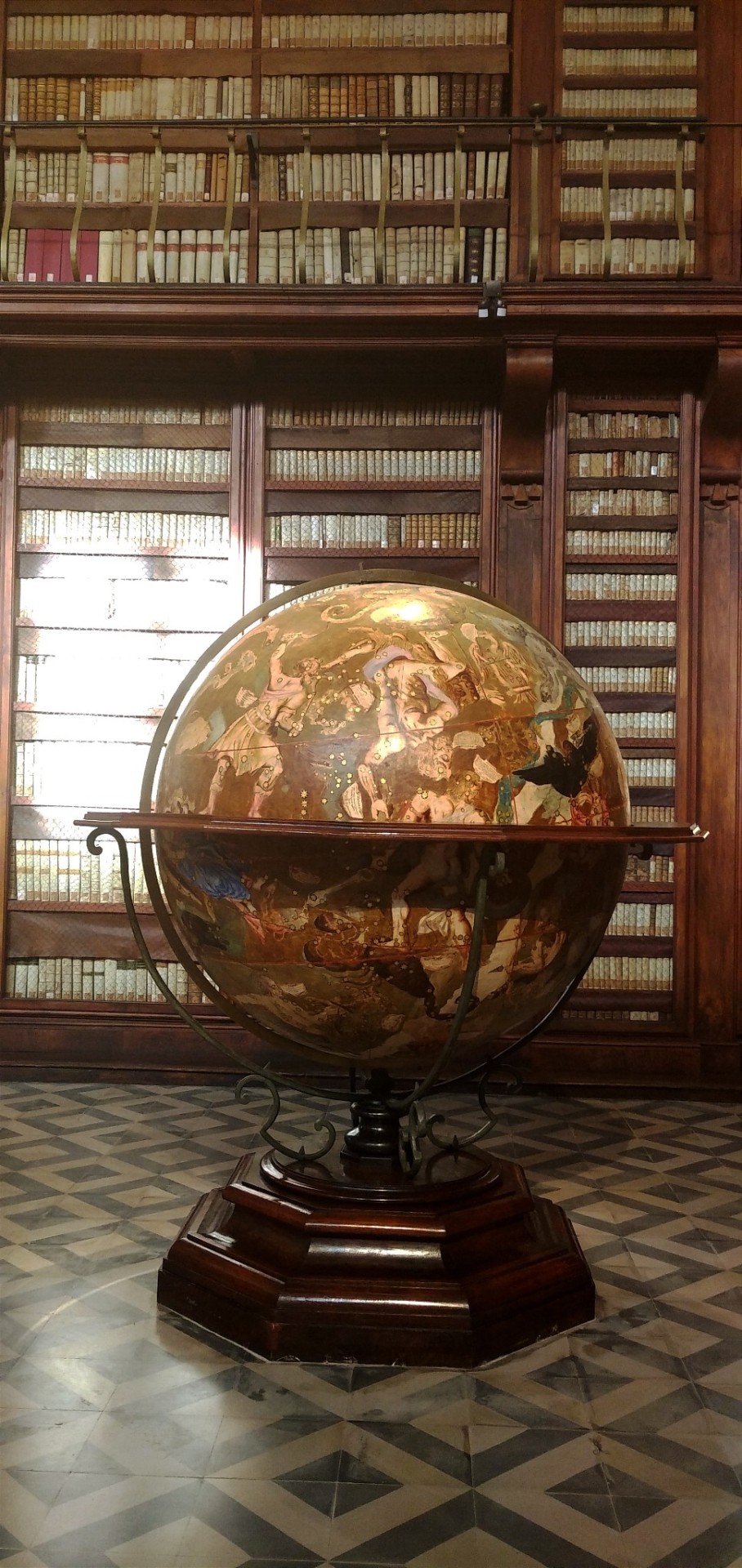

I've visited the Biblioteca Casanatense in Rome a few days ago and, as soon as I walked in, I felt exactly like Belle in THAT scene from Beauty and the Beast (you know the one) ♡
#living my best dark academia life ✨#dark academia#dark academia aesthetic#bookworm#books#ancient books#library#eighteenth century library#historical library#librarianship#library science#library science student#university student#university#academia#biblioteca casanatense#girolamo casanate#pierre le gros the younger#st thomas aquinas#bernardino cametti#rome#roma#photography#my photos#my pics
163 notes
·
View notes
Text

Two Mounted Horsemen with Spears, Bird and Snail with Tulips, Carnations, and Lilies.
Flemish school. Painted in Lille, 1630
19 notes
·
View notes
Text
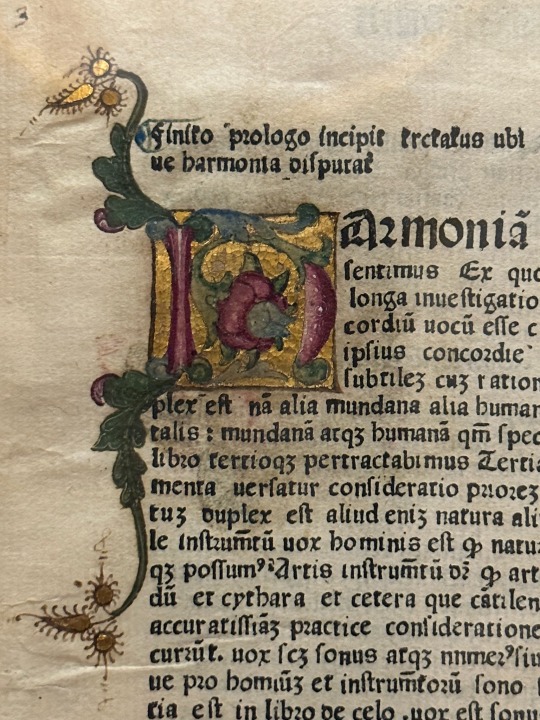



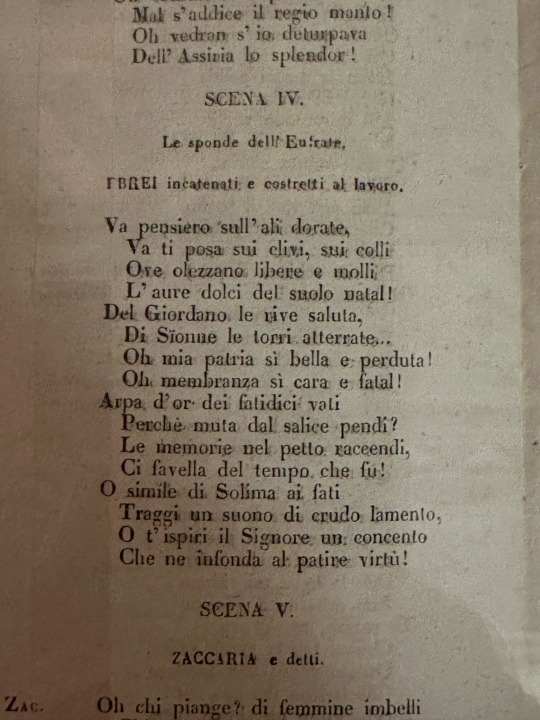

Palazzo Sanguinetti, Museo internazionale e biblioteca della musica, Bologna.
#music#ancient music#pentagrammi#museo internazionale della musica#biblioteca della musica#manocritti antichi#stampe antiche#ancient books#music’s history#history#storia#musica classica#classical music#bologna
4 notes
·
View notes
Text


#Chantilly castle#enluminure#illumination#gems#ancient books#cabinet#Cabinet des Livres#France#medieval manuscripts#13th century#musée de Condé#wounded Christ#Psautier-heures à l'usage de Brême#Suscipe sancta trinitas#Germany#Latin#Psautier d'Ingeburge#Psalterium Ingeburgae regina#Psalterium#psalter#library
3 notes
·
View notes
Text
Yes, there are ways to confirm the age of an old text without having the original text itself.
I’ve seen people basically claim that it’s impossible to know when, say, certain books of the Bible first emerged because we don’t have the original texts. They often use this to argue for a later date in their composition, often to make the argument that their own favored form of Christianity is the older one.
However, there are ways to know that a text goes back pretty far even if you don’t have the original. I’m going to list a few here:
Quotations and references: If a text is quoted or mentioned in documents you actually can date, then you can be pretty sure that the text existed (at least in some form) prior to these documents.
Language: Language is always changing, and it’s often possible to date the contexts of a text based on the language its author used. If the language in a text is consistent with the time and place it was claimed to have been written in, then that’s probably when and where it was written.
Historical accuracy: If an ancient text accurately describes historical events in detail, then there’s a good chance it was written around the same time as these events; or at least not too long afterward.
Of course there are exceptions. Just because horror writers quoted the Necronomicon, doesn’t mean the Necronomicon was a real grimoire that existed prior to the 20th century. But in this case, the fact that nobody mentions or quotes the Necronomicon before the 20th century (even if just to condemn it), plus the fact that there are no copies of the book that date before the 20th century, nor any old books that contain even parts of the Necronomicon, tell us it’s a 20th century invention.
Someone who is well-studied in an ancient language might be able to fake an ancient text, but once again we can look at what other evidence is or isn’t there. Does anyone throughout history actually quote or mention the book, even if just to argue against it or condemn its ideas? (Remember, Christians spilled a lot of ink to argue against their opponents - just take Irenaeus for one example.)
Someone with access to accurate historical documents might be able to write a passable historical fiction. However, if the book proclaims extraordinary and sensational events that somehow nobody else who lived in the same time and place saw fit to record, that somehow nobody throughout history found interesting enough to cite or mention, then that’s a pretty good indication that the book is a recent fabrication.
But yeah, even without the existence of an original text, there are ways we can be reasonably certain that a book dates back to a certain time period.
24 notes
·
View notes
Video
youtube
"While in London, UK, Adam [Savage] meets up with Brady Haran at The Royal Society! Brady takes us down to the archives of this historic science academy where Library Manager Rupert Baker lets Adam flip through the first edition of Sir Isaac Newton's Principia Mathematica printed in 1687. We learn the storied history of the publication of this groundbreaking text and its significance to modern science. Plus, Adam gets to examine Sir Isaac Newton's actual death mask!"
#isaac newton#adam savage#writeblr#old books#ancient books#science books#principia mathematica#the royal society#science literature#science education#brady haran#rupert baker#death mask
2 notes
·
View notes
Video
youtube
A short video explaining one of the oldest ever discovered Sanskrit scriptures with illustrations, which was discovered written on an ancient, small, palm leaf.
#history#sanskrit#art#books#ancient books#rare books#scripture#sutra#buddha#buddhism#oldest scripture#perfection of wisdom#8000 lines#Illustration
9 notes
·
View notes
Text

54 notes
·
View notes
Text
Love Letters Of A Worldly Woman, Mrs. W.K. Clifford (Lucy Clifford)
January 01, 1892

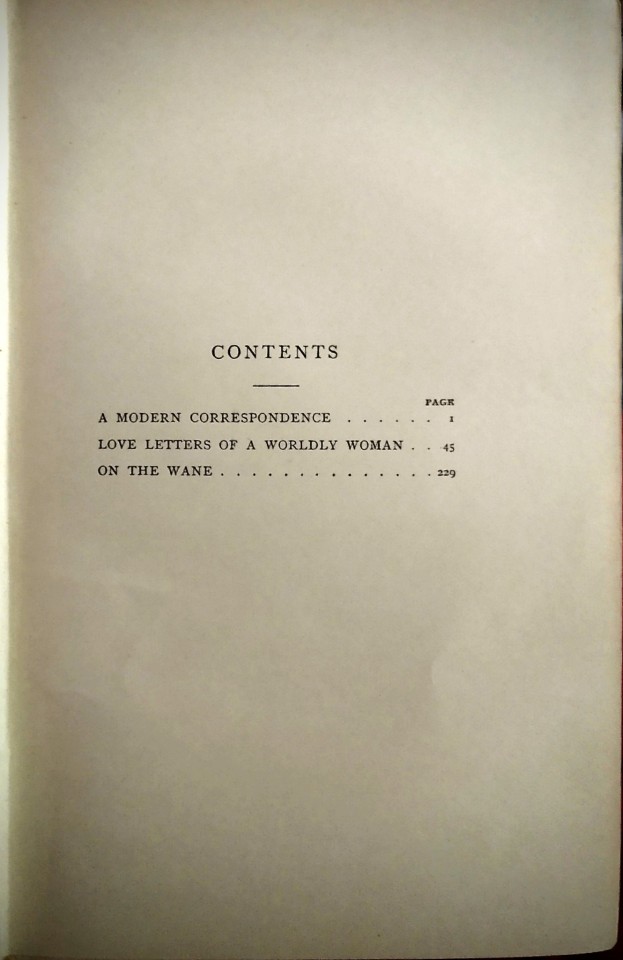
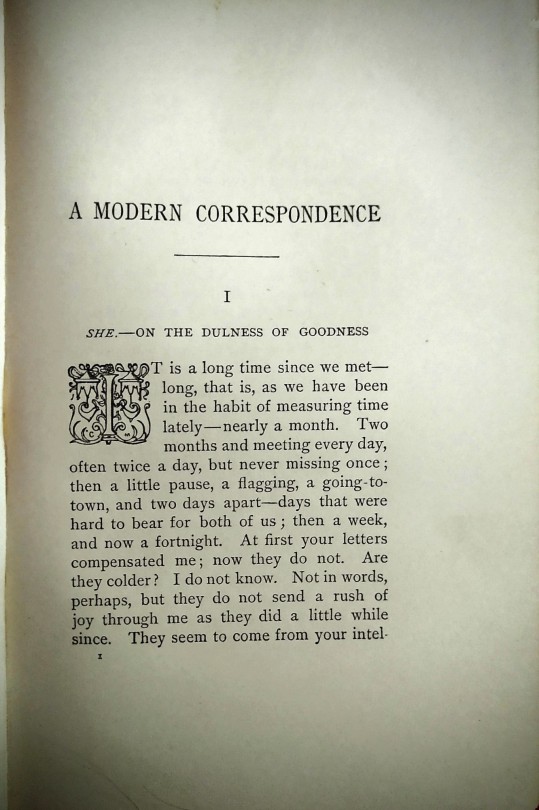
#aesthetic#books#old books#vintage#ancient books#book#novel#writing#reading#read#lucy clifford#literature
2 notes
·
View notes
Text

"The Iliad" by Homer, translated by Emily Wilson
Thank you @wandering_star_child for the rec! ❤️
#Trojan War#Troy#Greece#Ancient Greece#Greek#Greek soldiers#Greek literature#Classic Literature#Ancient Books
1 note
·
View note
Text
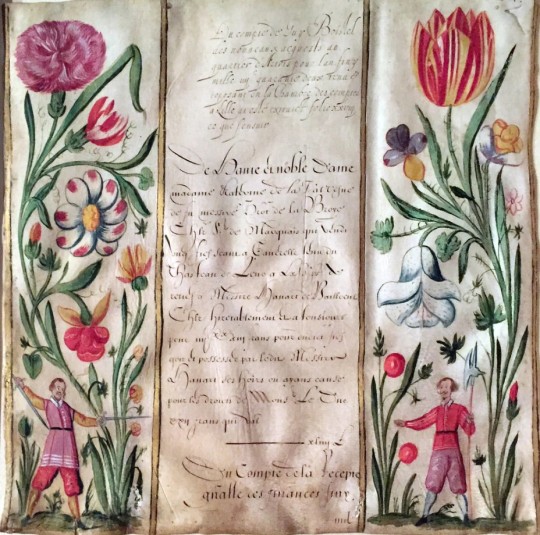
Gentlemen Armed with Swords and Spear, Tulips, Carnations, and Lilies. Flemish school. Painted in Lille, 1630
4 notes
·
View notes
Text
Schembart Carnival, 15th century

1 note
·
View note
